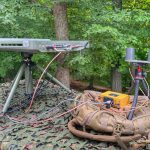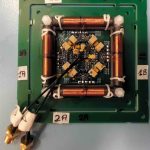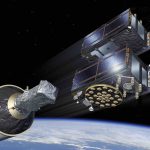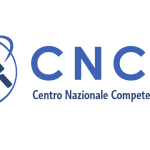Rx Networks Introduces TruePoint | LITE Correction Service for Power-Conscious Applications
GNSS data services provider Rx Networks has announced TruePoint | LITE, a correction service designed for power-conscious applications that require precise and reliable location data. TruePoint | LITE aims to deliver sub-meter and lane-level accuracy with global coverage, optimized for low-power usage.
By Inside GNSS













